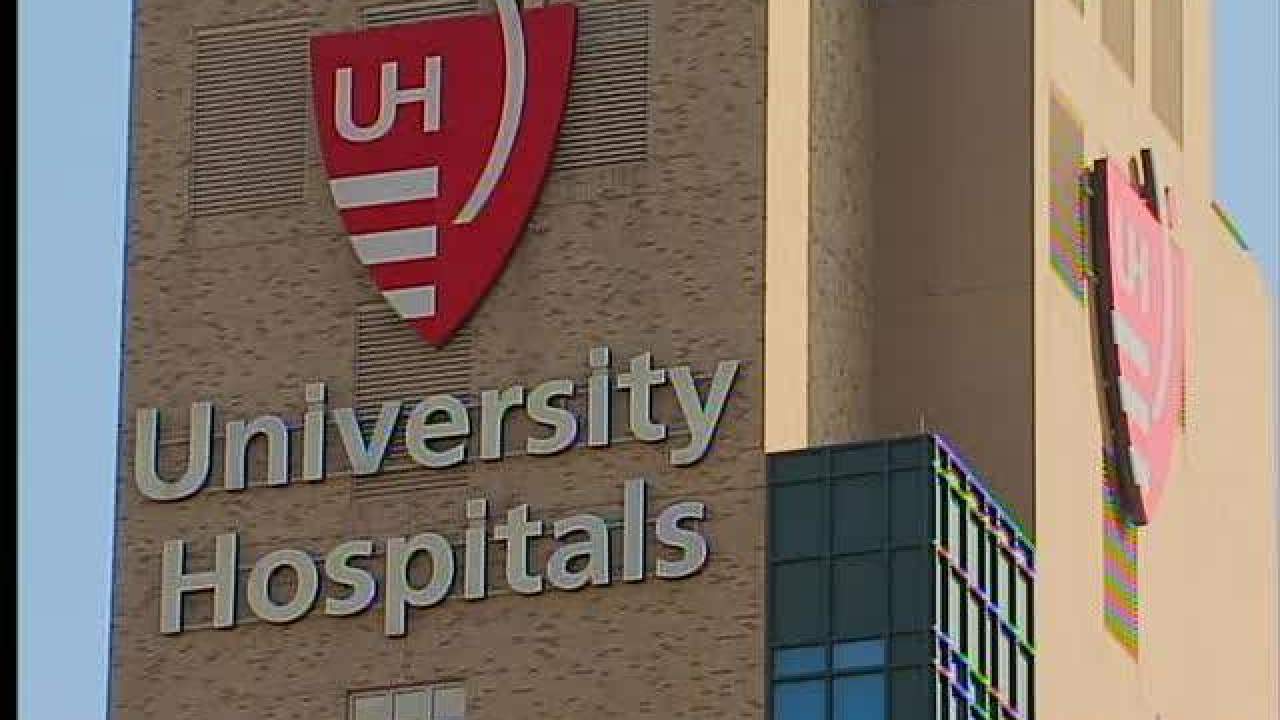CLEVELAND — A new report says nonprofit hospitals like the Cleveland Clinic aren’t doing enough to give back to the communities around them – a claim the industry is pushing back on.
The Lown Institute, a policy research organization, said many hospitals get far more in tax breaks than they provide in community benefits. Based on the group's analysis of federal tax filings, the Clinic’s main campus is one of the worst offenders in the nation.
Lown said the Clinic’s “fair share deficit” – the difference between the tax breaks it receives and the investments it makes – was $212 million in 2021. The main campus near University Circle ranks fourth on the report’s list of hospitals with the largest community-spending deficits.
The Clinic, in response, said Lown’s calculations are skewed.
“Cleveland Clinic remains committed to the communities we serve,” the Clinic said in an emailed statement. “Our community benefit data is calculated in accordance with IRS Form 990 reporting guidelines. … The methodology used for this report does not fully align with how the IRS Form 990 categorizes community benefits.”
A big part of the disagreement centers on shortfalls from Medicaid, the public health insurance program for low-income Americans. There’s a gap between what the government pays for Medicaid care and the higher amounts that hospitals charge for those services.
Lown doesn’t view that difference as a giveback to the community, but hospitals do. So does the Internal Revenue Service.
“Federal regulation of community benefit spending is woefully ineffective and in need of reform,” Dr. Vikas Saini, Lown’s president, said in a news release.

In its most recent community benefits report, released in December, the Clinic said it spent more than $600 million on care for Medicaid patients in 2022. That accounted for almost 43% of the Clinic’s total community benefits for the year across Ohio, Florida and Nevada.
Across the country, Medicaid shortfalls make up about 50% to 60% of what hospitals classify as community benefits spending, said Thomas Campanella, an industry expert and healthcare executive-in-residence at Baldwin Wallace University in Berea.
Campanella called Lown’s research methodology “credible.” And he said the group is highlighting a major challenge for the industry.
“I think all hospitals throughout the country need to be focusing more outside the walls of the hospital,” he said. “When I think of community benefit, I think of community – and the community is outside the walls of the hospital.”
The Clinic pointed to its recent efforts in Cleveland, including investments in mixed-income apartments and a new Meijer grocery store in Fairfax, a $52.5 million contribution to lead-testing and remediation efforts in aging homes, and spending on parks and new trees.
The hospital system also expects to spend $10.4 million over the next five years on a new teaching kitchen, food vouchers, grocery delivery and new food pantries, with the goal of increasing Clevelanders’ access to healthy food.

The Clinic’s main campus is the only Ohio hospital on the Lown Institute’s top-10 list of facilities with the largest community-spending deficits. But the report said 95% of Ohio’s hospitals are taking more than they give.
University Hospitals ranked second-worst in the state, with tax breaks that exceed community benefits by nearly $61 million, according to Lown’s math.
“Reports like the Lown Insititute’s shed light on the pressing and growing needs our community faces,” UH said in a written statement.
The healthcare provider said it invested $531 million in the community in 2022. That figure includes $285 million in Medicaid underpayments, according to tax records. UH's statement mentioned research, education, training and both free and discounted care, along with food programs, maternal and prenatal education and vaccination clinics.
“However, we strive to do more, which is why we made investing in our community a key aspect of our strategic plan, to make a more meaningful impact where needs are greatest,” the hospital’s statement read.

The Lown Institute said 80% of nonprofit hospitals across the country provide less in community benefits than they receive in tax breaks. The group calculated a national spending gap of $25.7 billion in 2021. That’s enough to pay off the medical debt of everyone in Texas, California, New York and Pennsylvania, the organization said.
Campanella, at Baldwin Wallace, said there’s plenty of opportunity for hospitals to do more – and to collaborate with each other on ways to improve population health.
But all of these community benefits calculations miss one big thing, he said.
“The key community benefit that hospitals provide, bluntly, is employment opportunities,” he said. “That is a major community benefit, and they hire people from … the whole economic strata in the community.”





